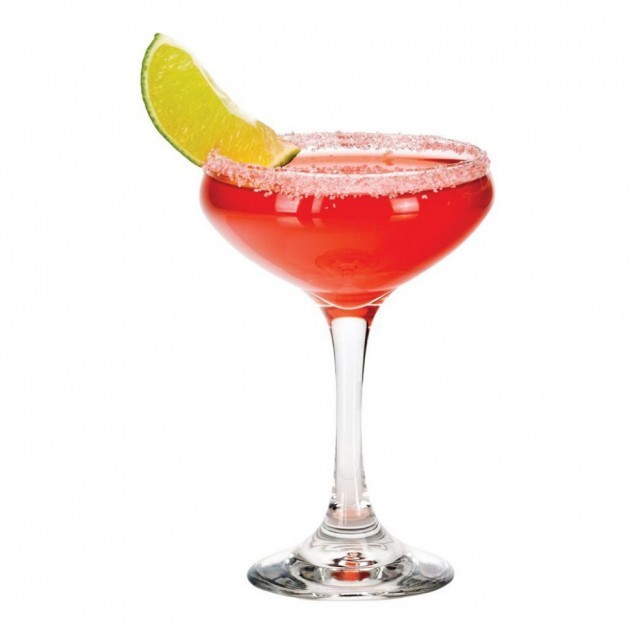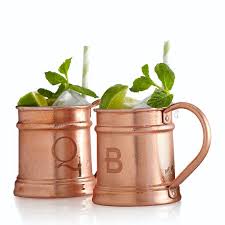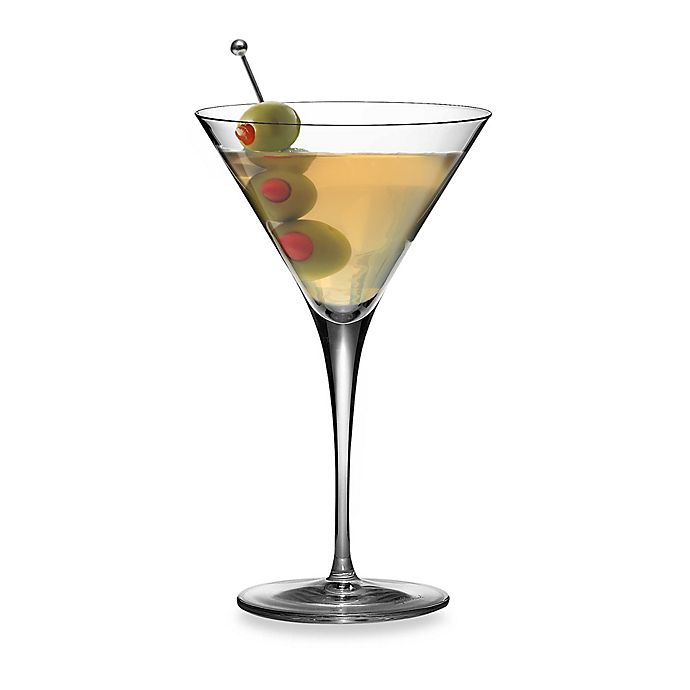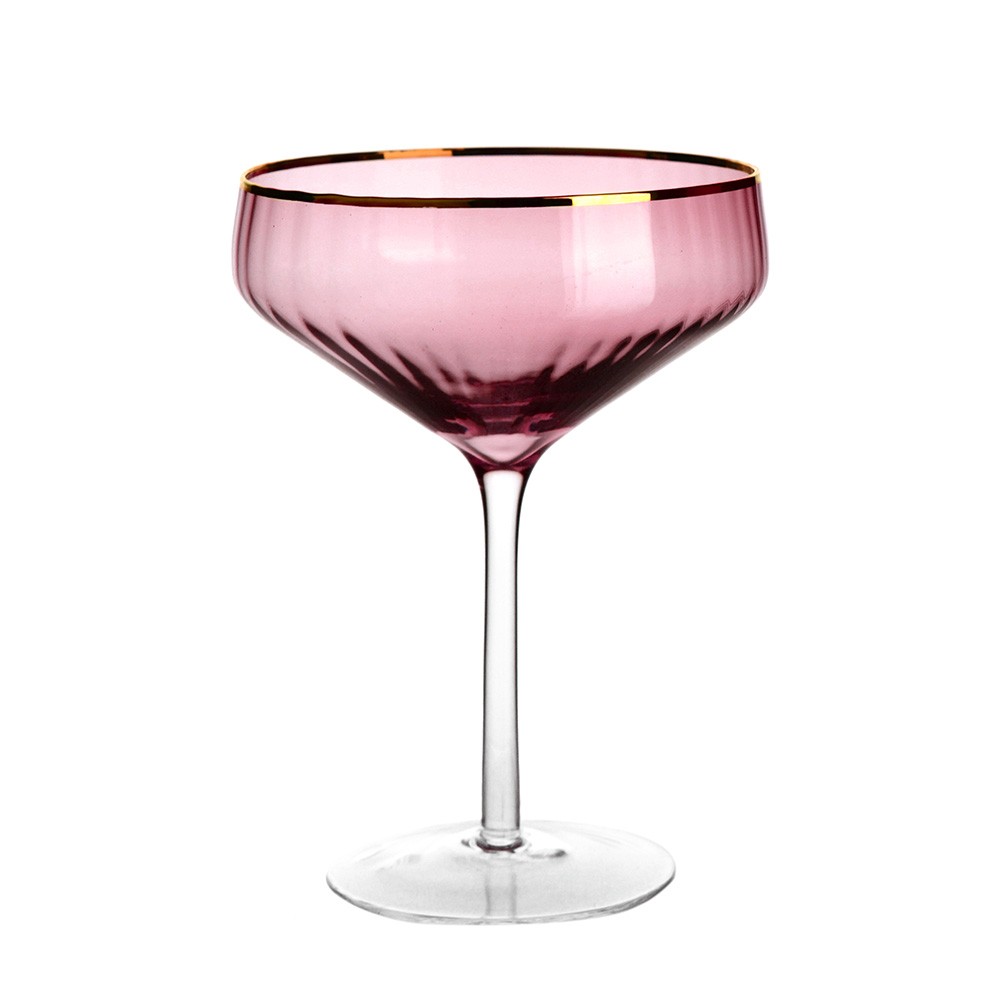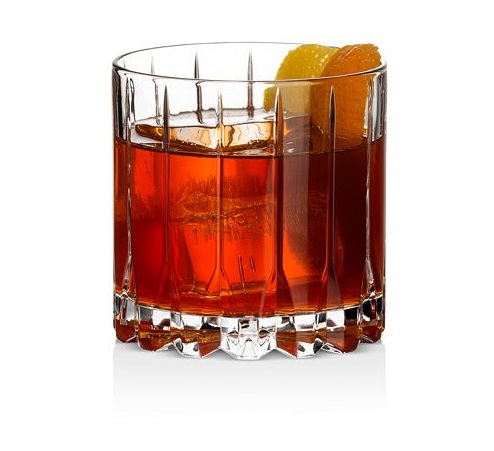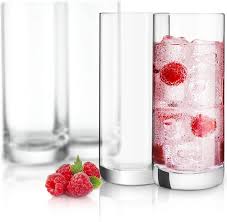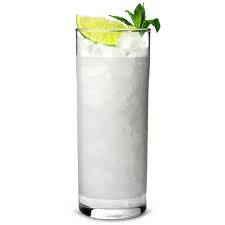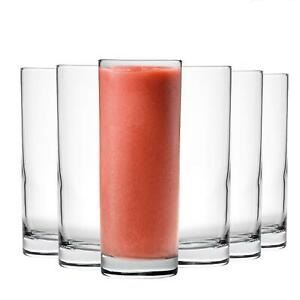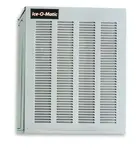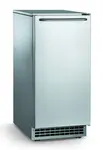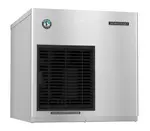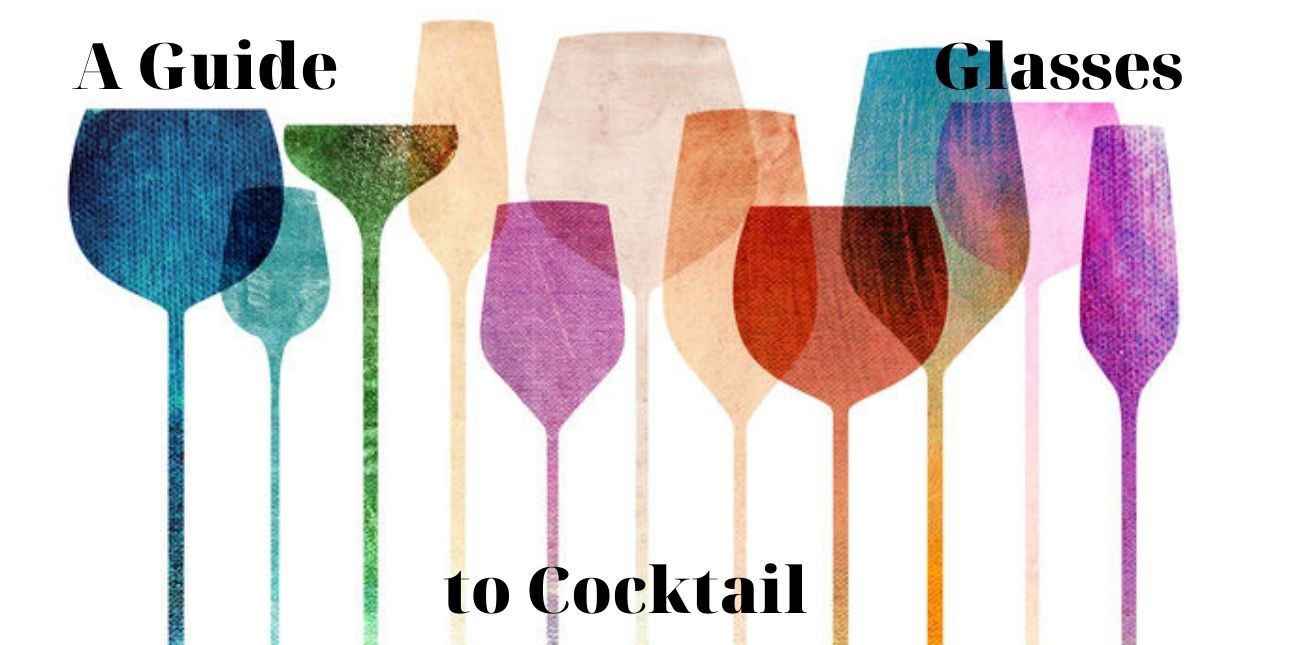
Sophisticated cocktails are a staple of any decent bar or restaurant. Martinis, whiskey sours, old fashioned, and other mixed drinks have their own special space in the hearts of patrons and bartenders alike. Just like food is accentuated by the type of dish it is presented in, a cocktail’s experience is greatly enhanced by the kind of glassware that is used to serve it. There are various types of cocktail glasses available and choosing the right glass can make your bar the talk of the town. In this article, we discuss the different types of cocktail glasses and the drinks that are best served in them.
Types of Cocktails Glasses
● Margarita Glass: Margaritas are a type of cocktail that is based around tequila, citrus liqueur, and lime. These are traditionally considered a Mexican drink and can be served straight, on the rocks, but are mostly poured blended with ice. Although they can be served in a variety of cocktail glasses, they have become synonymous with the stepped-diameter champagne coupe, which is better known as the margarita glass. Tradition calls for the rim of the glass to be coated with salt and the drink to be served cold to the patron.
● Hurricane Glass: The hurricane glass is named after the eponymous drink that is usually served in it. The drink has its origins in New Orleans and the glass itself can be used to serve multiple types of cocktails like the pina colada, blue Hawaii and of course, the hurricane. The drink is sweet and centered around rum, lemon juice, and passion fruit syrup. The hurricane glass will typically hold about 20 US fl ounces and is pear-shaped, with a rounded bottom that is larger in diameter than the top of the glass.
● Copper Mug: The copper mug is a popular choice for serving buck cocktails (cocktails made with a base liquor and ginger ale/ginger beer and citrus juice) and is best known for serving Moscow mules. Since copper is an excellent conductor of heat, it easily takes on the temperature of the drink served in it. Sometimes, the glass is lined with nickel or stainless-steel on the inside and the lip to prevent the copper from leaching into the acidic beverage.
● Martini Glass: A traditional piece of glassware that is used to serve mixed drinks ranging from the martini, the Manhattan and the cosmopolitan to the gimlet, the martini glass is also simply known as the cocktail glass. It is a stemmed glass with an inverted cone top to hold the drink and a flared base. Drinks are served chilled in the glass and the best way to consume them is by holding the stem so that the temperature of the beverage is not affected.
● Coupe Glass: Although contemporarily champagne is usually served in a flute glass, the traditional glass of choice for the sparkling wine was the coupe. The coupe glass is a shallow, broad, saucer-shaped stemmed glass which can hold up to 8.1 US fl ounces of liquid. It has its origins in England, where it was invented in the mid-1600s. It soon became the choice for serving sparkling wines (such as champagne) in France and its popularity surged from there. It has held the honor as the glass of choice for serving champagne in the United States from as early as the 1930s, until its popularity waned in the 1980s.
● Rocks Glass: The rocks glass is also known as the old fashioned glass or the lowball glass. Traditionally used to serve cocktails like the old fashioned and liquors like whiskeys (neat or “on the rocks”), the rocks glass is wider at the top and has a thick base, allowing the bartender to muddle the ingredients of the mixed drink without fear of the glass tipping over. Today, it is the glass of choice for whiskey lovers worldwide. Typically, a rocks glass holds about 6-10 US fl ounces, and can be either decorated in the cut-glass style or molded into shape.
● Collins Glass: Similar in shape to the highball glass, the Collins glass is a tall and less wide version of the latter. It is used to serve “highball cocktails” - drinks which contain a healthy amount of non-alcoholic ingredients, a couple of shots of liquor and ice. These glasses usually hold about 10-14 US fl ounces of the drink and are frequently used to serve Tom Collins or John Collins cocktails.
● Zombie Glass: The zombie glass is also known as the chimney glass and is very similar to the Collins glass. It is tall and cylindrical in shape with a narrow diameter, perfect for serving mixed drinks. The name zombie is derived from the rum-based cocktail with the same name. These glasses typically hold around 10 US fl ounces of the mixed drink.
● Highball Glass: Highball glasses are taller than lowball glasses and shorter than Collins glasses. These typically hold about 7 US fl ounces of the cocktail being served, usually highball drinks such as the famous Scotch and soda, gin and tonic and the rum and coke.
An important factor to consider while making cold mixed drinks is the kind of ice you will be using and if you will be frosting your glass. Different kinds of ice include flake ice, nugget ice (or ‘chewblets’), crushed ice, half-cubes, and full-sized cubes. On the other hand, glass frosters chill glassware so that when the drink is poured, the glass does not warm up the cold beverage. Chilled glasses are an excellent choice for pouring cold beers, making them even more refreshing by retaining their cold temperature. Although room-temperature beers are popular in many parts of the world, most beers served in the US today are cold and a frosted glass can greatly enhance the patron's experience at your bar.
Classic cocktails such as mai tais and margaritas are best served chilled and blended with ice, but that requires you to use a blender to crush ice cubes, which can be rough on your appliances. Flake ice can serve the exact same purpose without the need for the extra steps. Blended drinks take time and effort on the part of the bar staff to prepare the crushed ice, but a flake ice machine can do the job without putting the extra pressure on the blender to prepare the drink. Flake ice machines also save you the hassle of having multiple blenders on hand to prepare different beverages simultaneously and making a blended drink can be as simple as adding flake ice to the mixed drink and muddling it to have the desired consistency. A cocktail is more than just a drink that’s made by blending spirits with different flavors and non-alcoholic ingredients - it is an experience. This experience can be greatly enhanced by the kind of glassware the drink is served in. Cocktail glasses can add to the patron’s enjoyment of the drink by keeping the drink at its desired temperature, magnifying the aroma of the ingredients and making the presentation look enticing. Since cocktails are a reflection of the quality of your bar or restaurant, a well-made drink in a perfectly suited glass can set your establishment apart from the crowd.

